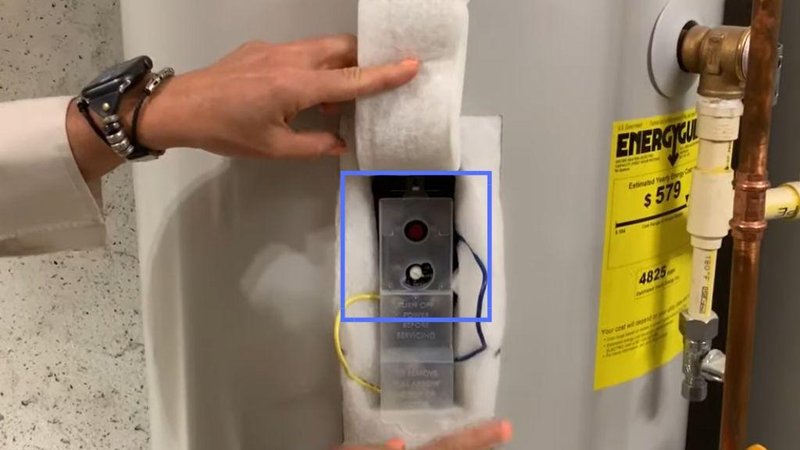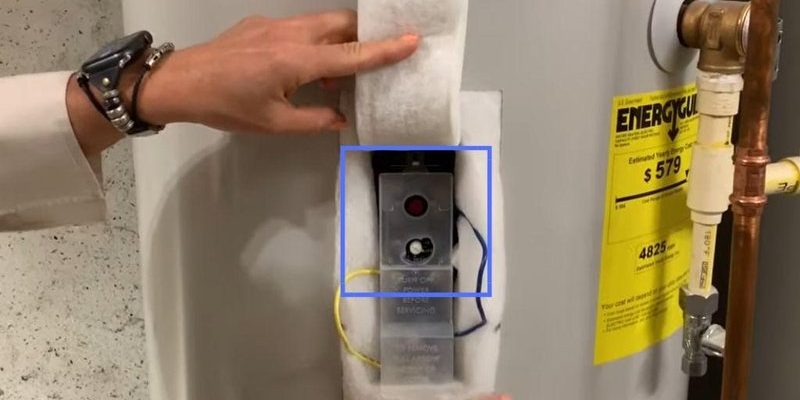
The Error Code E3 is your water heater’s way of sounding an alarm. It usually pops up when the system detects a problem with the heater’s temperature sensor or control board. Essentially, it’s like when your car’s check engine light turns on, nudging you to take action before things escalate. If you’re unfamiliar with how these systems work, it might feel a bit daunting, but I promise, it’s not rocket science. It just requires a bit of patience and a screwdriver!
Understanding Error Code E3
Before we jump into resetting your water heater, let’s understand what’s happening when you see an E3 error. Think of your water heater’s sensors and control board like the brain and nerves in a human body. They keep tabs on the heater’s temperature, making sure everything is running smoothly. When something goes awry, like when a sensor gives off odd readings, it’s like your brain getting mixed signals, and an E3 error is the result. The system raises an alert to prevent overheating or any potential damage.
When you see this error code, it’s often a communication issue between the control board and the temperature sensor. This might be due to loose wires, a faulty sensor, or even a glitch in the control board software. In many cases, just like when rebooting a computer can solve tech issues, resetting the water heater can clear the E3 code. However, it’s crucial to address any underlying issues to avoid repeated alerts.
If this sounds a bit technical, don’t sweat it. We’re going to break down the reset process into manageable steps. By tackling one thing at a time, you’ll see how straightforward it can be to bring your water heater back to its reliable self.
Safety First: Preparing to Reset
Before you roll up your sleeves and start tinkering with the heater, let’s talk safety. Water heaters are like the unsung heroes of household appliances, but they work with electricity and water—two things you definitely don’t want to mix recklessly. So, the first step is to ensure you’re not putting yourself or anyone else at risk.
Start by turning off the power supply to the water heater. This is usually done at the circuit breaker box. You need to flip the switch that controls the water heater to “Off.” Imagine this as putting your water heater to sleep before a reset. It keeps you safe from any electrical mishaps while you work. After that, double-check by testing the power with a non-contact voltage tester, if you have one, just to be extra sure.
Once you’ve ensured the power is off, it’s also a good idea to let the water heater cool down if it’s been running. Like any appliance, it can get hot, and you want to avoid burns. Safety gloves can be helpful here, providing an extra layer of protection.
Step-by-Step Reset Guide
Now that we’re prepared, let’s get into the reset process. Picture this like restarting your Wi-Fi router: simple but essential. The first thing you’ll want to do is locate the access panel on your Bradford White water heater. Use a screwdriver to carefully remove the panel and set it aside. Behind it, you’ll find a reset button—often a bright red button that’s hard to miss.
Press the reset button firmly. You should feel a small click indicating that the reset has been initiated. It’s akin to pushing the restart button on a computer that’s been acting up—it’s a fresh start for your water heater. Once you’ve pressed the button, replace the access panel securely to ensure everything is closed up properly.
With the reset button engaged, return to the circuit breaker and turn the power back on to the water heater. This reboots the system, giving it a chance to recalibrate the sensors and control board. It might take a few minutes for things to settle and the system to recognize that everything’s back to normal.
Checking for Success & Preventative Tips
After you’ve completed the reset, it’s time to check if the E3 error has cleared. Turn on a hot water tap and let it run for a few minutes. As the heater kicks in, pay attention to the water temperature. If everything’s back to its cozy, warm self without the error code, congratulations! You’ve successfully reset your water heater.
However, if the error persists, it might be a sign of something more serious that needs professional attention. Just like when your car’s check engine light won’t go off, it’s wise to call in a technician to diagnose and repair the issue.
To prevent future occurrences, consider regular maintenance checks on your water heater. Ensure wires are secure, sensors are functioning correctly, and the control board is in good shape. Regular check-ups can keep your water heater running smoothly, much like how regular dental visits keep your smile healthy.
Remember, while the idea of dealing with error codes can be daunting, each step you take is a step toward being a hands-on, proactive homeowner. With these tips, your water heater will keep delivering those warm showers, day after day.
